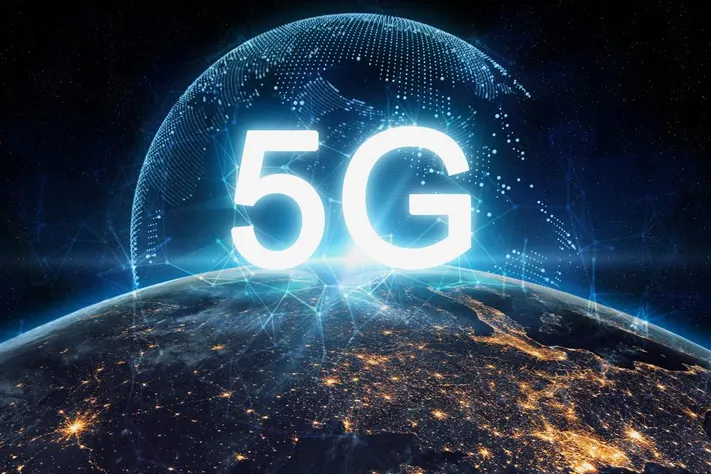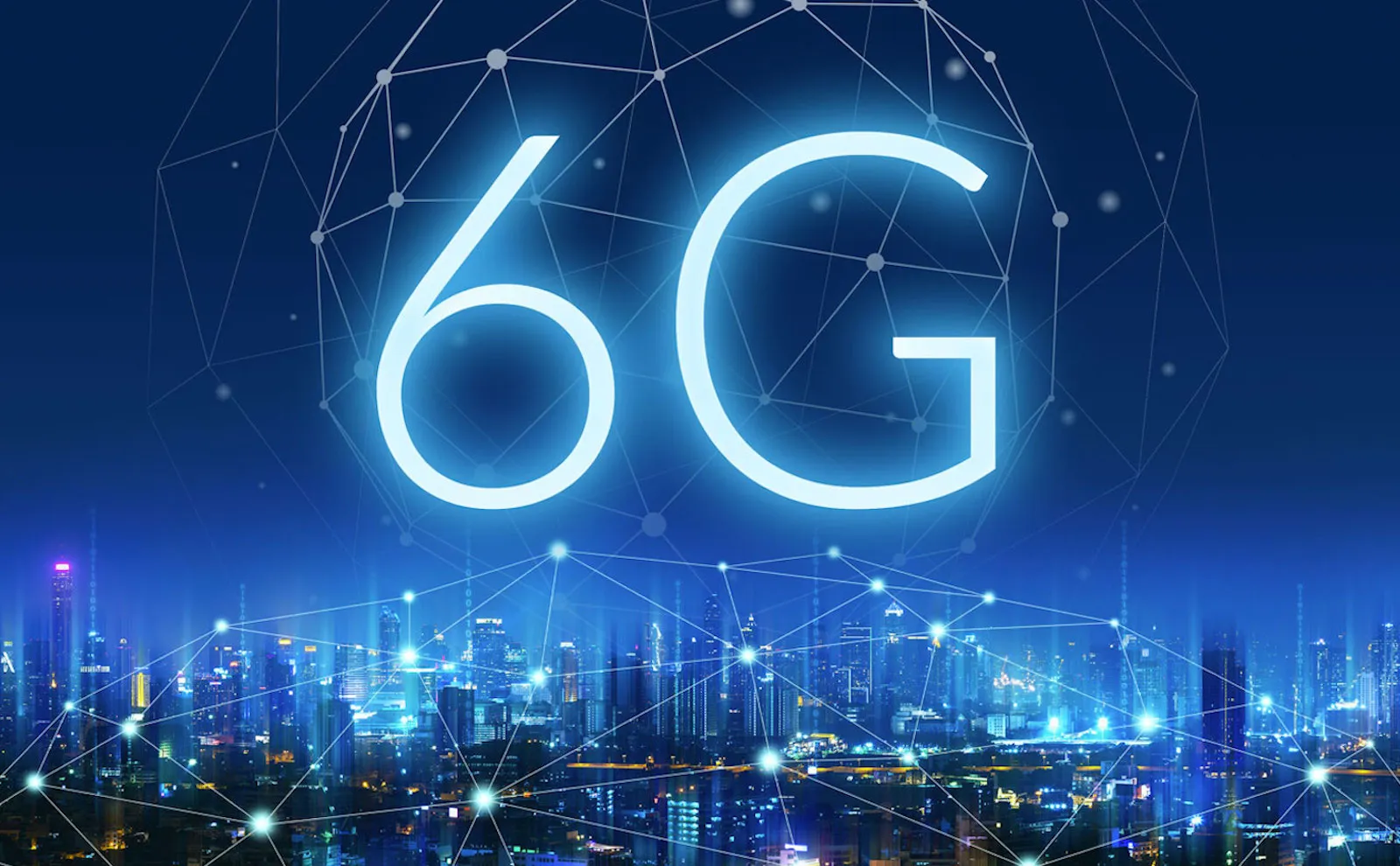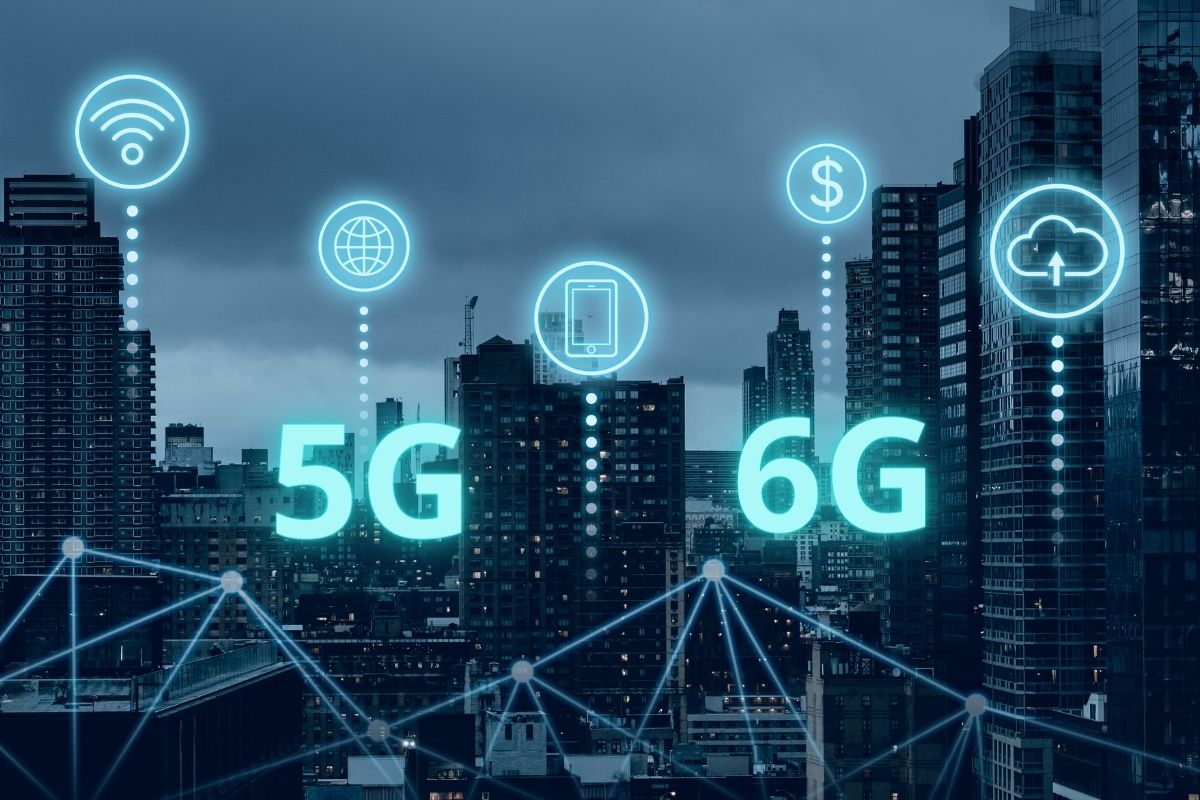The mobile technology is experiencing an unprecedented transformation as we witness the global deployment of 5G networks while simultaneously preparing for the revolutionary arrival of 6G technology. This evolution represents more than just incremental improvements in speed and connectivity – it signifies a fundamental shift in how we interact with digital environments, conduct business, and experience reality itself.
Currently, 5G networks are revolutionizing industries with their impressive capabilities, delivering speeds up to 20 Gbps and enabling applications that seemed impossible just a decade ago. From autonomous vehicles city streets to surgeons performing remote operations, 5G has laid the groundwork for a hyper-connected world. However, as remarkable as these achievements are, they pale in comparison to what 6G promises to deliver.
The transition from 5G to 6G isn’t merely about faster internet speeds, though those improvements will be staggering. We’re looking at a future where data transmission rates could reach 1 Tbps, latency drops to microseconds, and entirely new categories of applications become possible. Imagine downloading hundreds of high-definition movies in seconds, experiencing truly immersive holographic communications, or interacting with AI systems that respond faster than human thought processes.
This technological leap will fundamentally reshape industries, from healthcare and education to entertainment and manufacturing. As we stand on the brink of this transformation, understanding the differences between 5G and 6G becomes crucial for businesses, consumers, and policymakers preparing for a future that will arrive sooner than many expect.
Speed and Performance: The Quantum Leap Forward

The most immediately noticeable difference between 5G and 6G lies in their raw performance capabilities. While 5G networks currently deliver impressive speeds of up to 20 Gbps, 6G is expected to achieve data rates of 1 Tbps, representing a 50-fold increase in speed. To put this in perspective, early laboratory experiments have already demonstrated 6G’s potential, with researchers achieving transmission rates of 938 Gbps, which is 9,000 times faster than average 5G connections.
This dramatic speed improvement isn’t just about faster downloads. The enhanced performance will enable real-time processing of massive data streams, supporting applications like 8K video streaming, ultra-high-definition virtual reality experiences, and instantaneous cloud computing services. The latency improvements are equally impressive, with 6G targeting air latency of less than 100 microseconds and end-to-end latency of less than 1 millisecond.
These performance gains will be achieved through several technological advances. 6G networks will utilize terahertz frequency bands, operating in the 95 GHz to 3 THz range, compared to 5G’s sub-6 GHz and millimeter wave frequencies. This expanded spectrum allocation provides the bandwidth necessary to support the enormous data throughput that 6G promises to deliver.
Frequency Spectrum: Unlocking New Possibilities
The frequency spectrum represents one of the most significant technical differences between 5G and 6G technologies. Current 5G networks operate across three main frequency bands: low-band (below 1 GHz), mid-band (1-6 GHz), and high-band (24-40 GHz). Each band offers different trade-offs between coverage area and data transmission speeds.
6G will expand far beyond these limitations, utilizing spectrum ranges from 30 GHz to 3,000 GHz, including the revolutionary terahertz bands. This massive expansion in available spectrum will enable 6G networks to support significantly more devices simultaneously while maintaining ultra-high data rates. The terahertz spectrum, in particular, offers unprecedented bandwidth capacity that will be essential for supporting the massive data requirements of future applications.
The utilization of these higher frequency bands also enables new capabilities beyond traditional communications. 6G networks will integrate sensing, imaging, and positioning services directly into the communication infrastructure, creating truly multi-functional networks that can simultaneously provide connectivity and environmental awareness.
Revolutionary Applications and Use Cases

The enhanced capabilities of 6G will enable entirely new categories of applications that are simply impossible with current 5G technology. Holographic communication represents one of the most exciting possibilities, allowing users to interact with three-dimensional projections of people and objects in real-time. This technology will revolutionize remote collaboration, education, and entertainment by creating truly immersive experiences.
Haptic communications will add another dimension to digital interactions, enabling users to experience touch, texture, and motion remotely. This capability will transform fields like telemedicine, allowing doctors to perform physical examinations from thousands of miles away, and remote training, where students can practice complex procedures through tactile feedback.
The integration of artificial intelligence and machine learning directly into 6G networks will create intelligent networks capable of self-optimization, predictive maintenance, and dynamic resource allocation. These AI-powered networks will adapt in real-time to changing conditions, ensuring optimal performance and reliability for critical applications.
Extended reality (XR) applications will benefit enormously from 6G’s ultra-low latency and high bandwidth. The motion-to-photon latency requirement for XR services is less than 10 milliseconds, which 6G networks will easily achieve. This will enable seamless augmented and virtual reality experiences that are indistinguishable from real-world interactions.
Infrastructure and Implementation Challenges
Deploying 6G networks will require significant infrastructure upgrades and new technological approaches. The higher frequency bands used by 6G have shorter propagation ranges, necessitating denser network deployments with more base stations and small cells. This network densification will be crucial for achieving the ultra-low latency and high capacity that 6G promises.
Massive MIMO (Multiple Input Multiple Output) technology will play a central role in 6G infrastructure, using advanced antenna arrays to improve signal quality and data throughput. These systems will be far more sophisticated than current 5G implementations, potentially incorporating hundreds or thousands of antenna elements.
Energy efficiency represents another critical challenge for 6G networks. Despite handling massive amounts of data traffic, 6G networks are expected to be more energy-efficient than their predecessors. This will require innovative approaches to network design, including the integration of renewable energy sources and advanced power management systems.
The deployment timeline for 6G infrastructure is ambitious, with commercial availability expected around 2030. However, research and development efforts are already underway, with countries like China launching 6G test satellites and major technology companies investing heavily in 6G research.
Timeline and Global Development

The development of 6G technology is progressing rapidly, with major milestones already being achieved. While 5G networks are still being deployed globally, researchers and technology companies are actively working on 6G standards and technologies. The commercial launch of 6G is anticipated around 2030, giving the industry approximately five years to develop and standardize the necessary technologies.
Several countries and companies are leading the 6G development race. China has already launched its first 6G test satellite equipped with terahertz systems, while technology giants like Huawei, Nokia, and Samsung have committed significant resources to 6G research and development. India has also emerged as a significant player, holding a substantial number of global patents for 6G technology.
The standardization process for 6G will be crucial for ensuring global interoperability and widespread adoption. International organizations and industry consortia are already working on defining 6G requirements and specifications, building on the foundation established by 5G standards.
The Future of Mobile Technology
As we look toward the future, the transition from 5G to 6G represents more than just technological advancement – it signifies the dawn of a truly connected world where the boundaries between physical and digital experiences blur. The combination of ultra-high speeds, near-zero latency, and intelligent network capabilities will enable innovations we can barely imagine today.
The impact of 6G will extend far beyond consumer applications, transforming entire industries and creating new economic opportunities. From smart cities that respond intelligently to citizen needs to industrial automation systems that operate with unprecedented precision, 6G will be the foundation for the next phase of digital transformation.
However, realizing this vision will require continued investment in research and development, international cooperation on standards, and careful consideration of security and privacy implications. As we prepare for this technological revolution, one thing is certain: 6G will fundamentally change how we live, work, and interact with the world around us.




